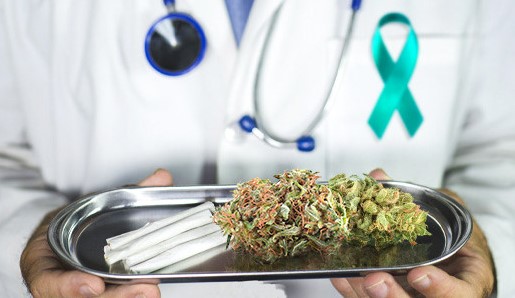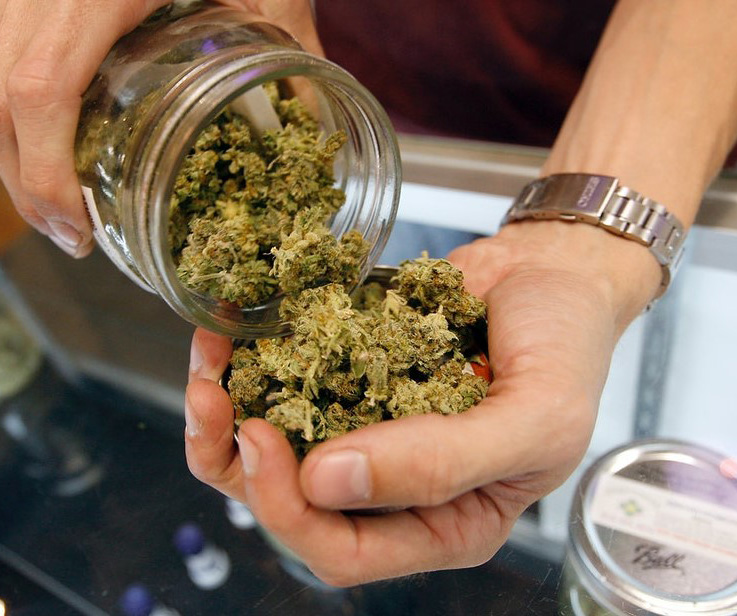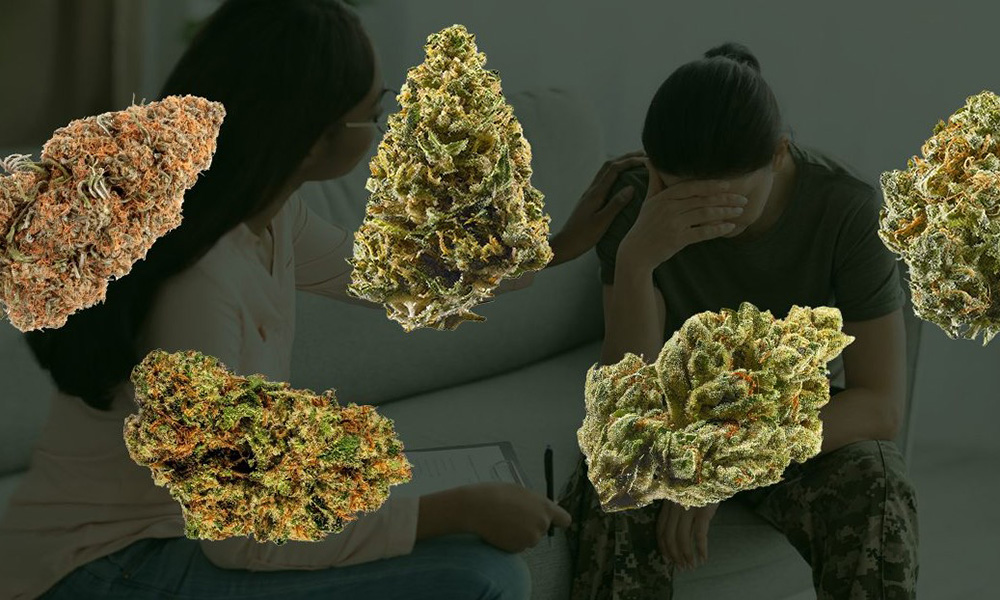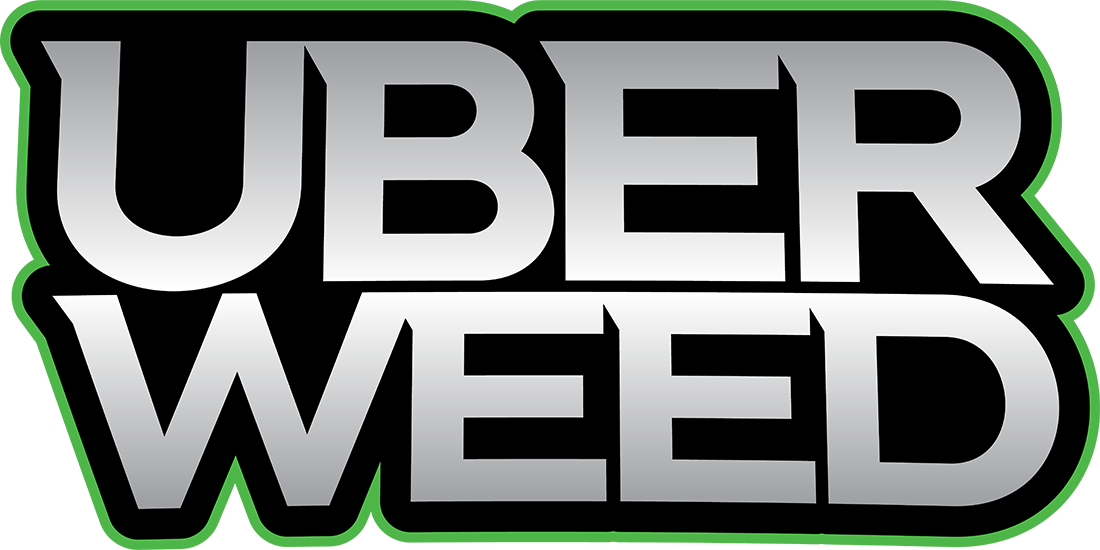Finding reputable and trustworthy online dispensaries in Canada may be difficult when you’re not sure where to look. Based on our research, we’ve compiled a list of the top weed delivery near me services in Canada. Each online dispensary will be reviewed, including their size and price range, as well as additional information, through our assessments.
We also provide ratings of popular items based on user reviews so you can anticipate what sort of experience you’ll have with each item you buy using weed delivery near me service.
Since cannabis was legalized in Canada, hundreds of internet dispensaries have sprouted up, which is good for consumers since it allows them to buy the top products at the cheapest prices. Some online retailers, on the other hand, aren’t legitimate and defraud customers. When you buy goods from one of our pre-approved MOM websites, you can be certain that you’ll receive what you ordered and that if there is a problem with your order, their customer service staff will assist you. Please contact us if You Own an Online dispensary in Canada and want us to assess your website; we’ll check it over and make sure it’s safe.
There are several cannabis products to choose from. If you’re unfamiliar with the drug, identifying which alternatives exist might be difficult. What are the distinctions between various types of cannabis goods? Which has the benefits and drawbacks? And which will deliver on all of these promises?
Let’s have a look at the many types of cannabis goods and see which one is best suited for you to purchase with weed delivery near me.
A beginner’s guide to marijuana products
It might be difficult to interact with a budtender when purchasing cannabis for the first time. The staggering number of options may scare off any marijuana user. So you’ll never get caught at the counter again, here’s a guide to different methods to consume marijuana, ranging from well-known newcomers to tried-and-true classics.
Dispensary menus organize their items into categories based on how they’re taken or what kind of product they are. The following are the most prevalent categories seen on dispensary menus, as well as the substances included in them and consumption recommendations.
Flower
The term “flower” refers to the fresh buds that are plucked from a plant immediately upon harvesting. Most dispensaries offer one gram of flower up to whole pounds in weight, although some stores may have different quantities. Flower is frequently processed and smoked in a variety of ways, including pipes, bongs, and joints. Shaking alternatives are available at a number of dispensaries under the guise of flower, which are simply the broken chunks of bud leaves that usually remain after harvesting and packing. Shaking is less expensive than purchasing buds and produces excellent cannabutter or oil. You may get cannabis flower with weed delivery near me.

Pre-rolls
A pre-roll is a joint or blunt that has been previously rolled and inserted into your smoking device. The most popular joint sizes are half a gram and 1 gram, while pre-rolled blunts come in weights ranging from 3 to 6 grams, though bigger quantities are available. Infused pre-rolls have become increasingly popular over the years, and they generally include cannabis extract on the paper or the flower itself. When using infused goods for the first time, be careful because they have a greater strength. Get high-quality pre-rolls with weed delivery near me.
Extracts
The extract market has changed dramatically in recent years, and buyers can now get the perfect combination of tastes and strength. Although extracts are sometimes referred to as concentrates or oils, the process used to prepare it determines its name. Hash, shatter, wax, tinctures, and capsules are all examples of extracts that are utilized to make a strong and clean product for consumers. Buy high-quality cannabis extract with weed delivery near me in Canada.
Edibles
In the edibles market, innovation has outpaced all others. Many consumers like to eat cannabis without smoking or vaporizing it, and the outcomes are frequently much better. Cannabutter or cannaoil are frequently used in these products, although extracts are starting to appear in a variety of goods. Chocolate and candy items are the most frequent choices on menus; however, you’ll find everything from granola bars to marijuana-infused sodas on most lists.Dosing is the most common issue for first-time users of edibles. It’s recommended that you wait at least two hours after eating edibles before consuming more of them because the effects may take some time to manifest and identify. Buy your finest marijuana-infused edibles with weed delivery near me service.
Topicals
At many dispensaries, clients may get a range of topical medications. THC and CBD-infused lotions and creams are used to treat muscular and joint discomfort as a natural treatment for pain relief. Topicals that include THC provide localized pain alleviation while remaining out of sight. Topicals that contain THC do not produce “high” feelings, making them a popular choice for people seeking non-intoxicating pain relief. The number of topical options will continue to grow as the demand for CBD products rises.
Cannabis users are presently in the midst of a golden era for marijuana. There’s never been more merchandise on the market, all with the customer in mind. From extracts to topicals, there’s something for everyone in the cannabis world.

What are the medical benefits of cannabis?
Over the years, study has revealed that cannabis can help in the treatment of a number of illnesses. The following are some examples.
Chronic pain
Last year, the National Academies of Sciences, Engineering, and Medicine conducted a large research on the medical benefits and risks of cannabis after reviewing over 10,000 scientific papers.
The researchers also examined how medical cannabis is used to relieve chronic pain. Chronic pain is one of the most common causes of disability, affecting over 25 million people in the United States.
According to a review published in the Journal of Pain, cannabis or cannabinoid-based medicines are effective at reducing long-term pain.
Alcoholism and drug addiction
A more comprehensive evaluation of evidence, published in the journal Clinical Psychology Review last year, found that cannabis use might assist those addicted to alcohol or opioids in fighting their addictions.
This conclusion, on the other hand, may be disputed; according to the National Academies of Sciences review, cannabis use raises the risk of addiction and dependency to other substances.
The more cannabis is used, the higher the risk of dependence or addiction. The usage of cannabis by teenagers is linked to a greater chance of developing a dependency or addiction later in life. Cannabis use in young people who started early has also been linked to an increased danger of becoming dependent on it.
Depression, post-traumatic stress disorder, and social anxiety
A research published in Clinical Psychology Review evaluated all existing scientific literature on the use of cannabis to alleviate symptoms of mental illness.
Evidence to date suggests that cannabis could help to treat some mental health conditions.
Some evidence was discovered indicating that cannabis might be utilized to treat depression and post-traumatic stress disorder symptoms.
They also warn that cannabis is not a suitable treatment for other mental diseases such as bipolar disorder and schizophrenia.
The study notes that there is some evidence suggesting that cannabis can help people with social anxiety, but it is contradicted by the National Academies of Sciences, Engineering, and Medicine’s review, which found that frequent cannabis users may be at an increased risk of social anxiety.

Cancer
Oral cannabinoids have been shown in animal studies to be beneficial against chemotherapy-induced nausea and vomiting, with some small trials suggesting that smoked cannabis may also aid in the treatment of these problems.
Cannabinoids have been proved to kill or stop cancer cells in a variety of research. Early clinical trials, however, that examined this hypothesis in people showed that although cannabinoids are a safe therapy, they are not successful in treating or curing cancer.
Multiple sclerosis
Oral cannabinoids may help to reduce spasticity symptoms in people with multiple sclerosis, but the beneficial effects are small.
Epilepsy
The Food and Drug Administration (FDA) has given its approval for the use of a medication containing cannabidiol (CBD) to treat two rare, severe, and specific forms of epilepsy – called Lennox-Gastaut syndrome and Dravet syndrome – that are difficult to manage with other kinds of medicine. Epidiolex is a CBD-based drug.
CBD is one of the active components found in cannabis. It is not hallucinogenic. CBD is used to treat a variety of issues, including anxiety and Parkinson’s disease. The treatment was given the green light based on research and clinical trials.
A clinical trial published in 2017 revealed that CBD reduces the number of seizures in children with Dravet syndrome when compared to a placebo.
Seizures in Dravet syndrome are lengthy, frequent, and sometimes fatal. In fact, about one in five children with Dravet syndrome does not live past the age of 20.
In the study, 120 children and teenagers with Dravet syndrome who were between 2 and 18 years old were given an oral CBD solution or a placebo for 14 weeks while continuing to take their usual medication.
The children who took CBD had fewer seizures, according to the study. The rate of epileptic fits decreased from 12 a month to six per month. Three youngsters given CBD had no seizure activity at all.
The placebo group also reduced the number of seizures, but it was minor; their monthly average went from 15 to 14 seizures during the study.
This 39 percent reduction in seizure occurrence, according to the researchers, offers compelling evidence that the drug can assist individuals with Dravet syndrome and that their research is the first to provide hard scientific evidence of this.
The high rate of side effects linked to CBD, however, was discovered by the survey. More than 90% of the children treated with CBD had adverse effects, including vomiting, tiredness, and fever.
The Epidiolex patient information leaflet warns of adverse effects including liver damage, drowsiness, and thoughts of suicide.

